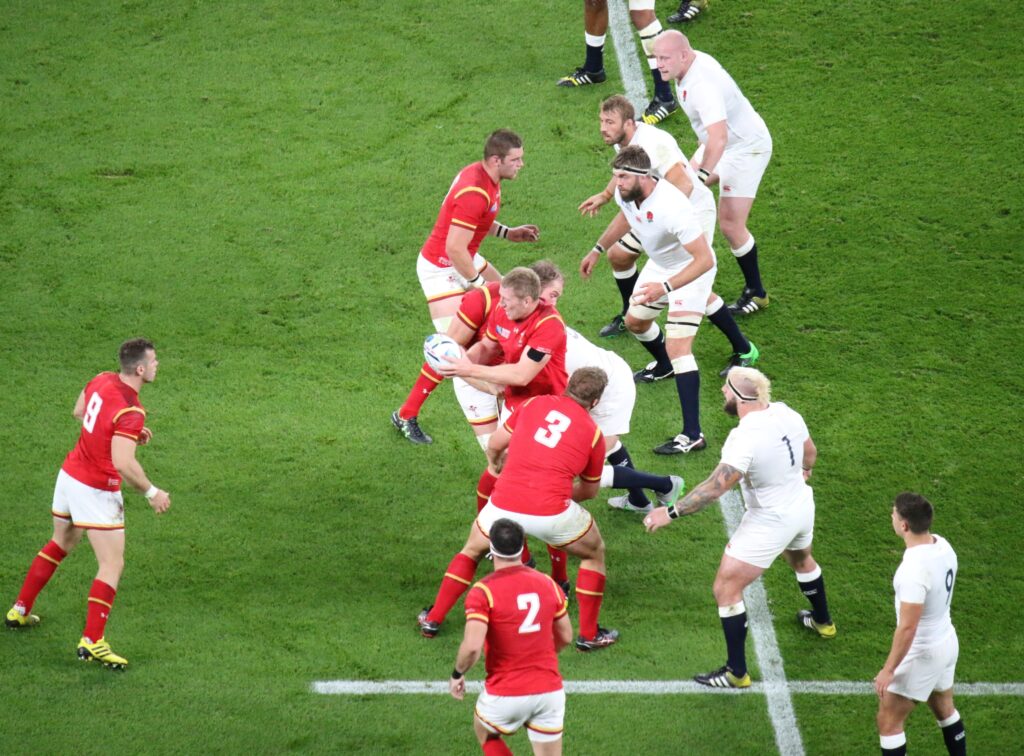Denis Balsom forecasts the next General Election:
As the Party Conference season unwinds, the commentariat inevitably analyse leadership, policies and prospects. Against a background where David Cameron’s Conservatives maintain a 20 per cent lead in the polls and the Liberal Democrat’s new leader seeks to make his mark; Labour’s travails are placed in even starker relief, irrespective of global economic and banking crises.
Notwithstanding a change of Prime Minister, the next General Election is not expected until the Spring of 2010. Even so, the parties and candidates are stockpiling their ammunition and staking out their territory. In Wales, in attempting to review party prospects we have the advantage of the results of the Assembly election of May 2007 and the local elections results of May 2008. Both of these elections exposed the current weaknesses of the Labour Party, but also produced results that were ambiguous when trying to identify Labour’s principal challenger.
The coming General Election will, as always, be about electing a Government. This is always a UK contest where history suggests that some of the specific nuances of Welsh politics will be lost under the blanket of a wider British politics. While Labour will undoubtedly remain the largest party in Wales, the configuration of seats held is likely to change significantly. But whether Labour still form the Government or, more likely, the Opposition, overall Wales will remain a minor player in Westminster.
At the General elections of 1997 and 2001 the Conservative Party failed to win a single Parliamentary seat in Wales. It is often forgotten however, that the Tories had won 14 seats in Wales at the 1983 election. Granted, this achievement was part of the post-Falklands Thatcher landslide. Yet the Conservatives have had an appeal in Wales and are likely to do so again. This is especially likely when the prevailing current in British politics is for change and only the Tories offer the realistic prospect of single-party, majority Government.
At the Assembly election last year the Conservatives only gained one extra seat overall. Crucially, however, they won four new constituency contests. Preseli, Monmouth and Clwyd West consolidated successes from the 2005 General election while Carmarthen West and South Pembrokeshire and Cardiff North were fresh scalps. The adoption of current MEP Jonathan Evans as the Conservative Parliamentary candidate for Cardiff North suggests a further consolidation of Tory success. With significant swings in May’s local elections, further Tory prospects would include Montgomery, the Vale of Glamorgan and, following a remarkable increase in their vote of 19 per cent, an additional seat in Denbighshire.
Plaid Cymru made some gains at the Assembly election, yet failed to match their spectacular successes of 1999. At the next General election Plaid will certainly seek to retain their control of mainland Gwynedd – the newly redrawn constituencies of Dwyfor Meirionnydd, Arfon and Aberconwy. Ynys Môn will remain a target seat but the Plaid Cymru challenge is likely to be resisted by virtue of Albert Owen’s strong base in Holyhead. Elsewhere, Plaid’s highest priority will be to re-capture of Ceredigion currently held by the Liberal Democrats with a tantalisingly small majority of 219 votes. Plaid Cymru will also seek to follow on from Helen Mary Jones’s restoration in Llanelli, but will require a swing of more than 10 per cent to dislodge Nia Griffith.
As ever, the Liberal Democrats will be vulnerable to being squeezed as the electorate follows the British national swing. The party however, currently enjoys considerable influence in local government and lead coalitions in three of Wales’s largest towns and cities and share power in the fourth. The Liberal Democrats have made a safe seat out of Cardiff Central and, following the local elections, may also have had aspirations in Cardiff West. However, the Labour MP Kevin Brennan appears secure as he is insulated by a divided opposition made up of an established Conservative minority and the concurrent growth of both Plaid Cymru and the Liberal Democrats. At the Assembly election, Ed Townsend of the Lib Dems caused a major upset in Newport East when he reduced Labour’s John Griffiths’s majority to less than a thousand. Ed Townsend is now the Parliamentary candidate and Jessica Morden may well have a real fight on her hands. In Swansea, where the Liberal Democrats have also enjoyed considerable local government success, the retirement of Alan Williams, an MP since 1964 and the present ‘Father of the House’, the Lib Dem challenge will almost certainly give Labour a fright and a fight.
Is there any consolation for the Labour Party? Even without the potential losses suggested here, Labour appears destined for a poor result. Almost the only opportunity for Labour to save face would be to re-capture of Blaenau Gwent from local champion, Dai Davies. However, the resilience shown at the local elections in Blaenau Gwent by the ‘People‘s Voice’, suggests no easy return for Labour to the days of holding most Valley seats with Albanian-sized majorities. Taking all these factors into account, the table below gives a prediction of possible seats that would radically re-draw the political map of Wales following the next General Election:

The Table suggests that on current trends:
- Plaid Cymru should win Ceredigion from the Liberal Democrats and Aberconwy from Labour.
- The Liberal Democrats could lose two seats – Ceredigion to Plaid and Montgomery to the Conservatives, but possibly gain one, Newport East from Labour.
- The Conservatives should gain Cardiff North, the Vale of Glamorgan, the Vale of Clwyd, Delyn, and Carmarthen West and South Pembrokeshire from Labour, and Montgomery from the Liberal Democrats.
- Labour risk losing Cardiff North, the Vale of Glamorgan, Vale of Clwyd, Delyn, Aberconwy, Carmarthen West and South Pembrokeshire, and Newport East.
Of course, these are just predictions. If there were to be a Labour meltdown of the kind being suggested by some commentators, Labour could, conceivably, lose even more seats: Bridgend to the Conservatives; Anglesey to Plaid Cymru; Swansea West to the Liberal Democrats; Clwyd South to the Conservatives and Llanelli to Plaid Cymru. A shake-up of this kind might even see Brecon and Radnor falling to the Conservatives.
In this scenario Labour could be left with just 18 seats. The Conservatives would be the second party with 12, 13 or 14 seats – in the latter case bringing its tally back to 1983 levels. Plaid Cymru would be third, with 6 or 7 seats, and the Liberal Democrats would trail with 2 or 3. Whatever the results we can confidently predict that, as it is fashionable to say in America just now, ‘Change’ is coming to Welsh politics.





The comment about the resilience of the Peoples Voice party in the last local elections in Blaenau Gwent is overplayed. They managed to elect just 5 councillors from 18candidates.